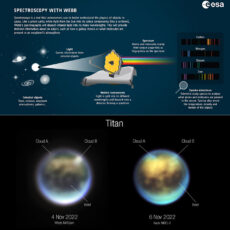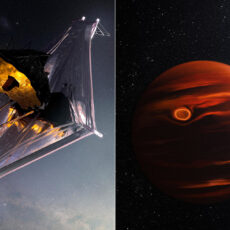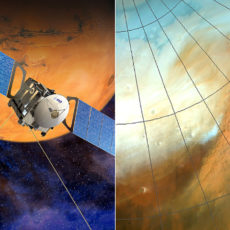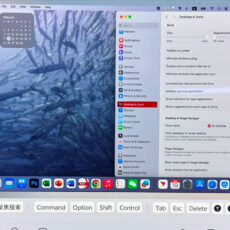
Scientists at NASA have discovered a glowing cosmic cloud that could be the result of a cataclysmic collision between two giant exoplanets. The team was observing a 300-million-year-old Sun-like star when they noticed it suddenly and significantly dipped in brightness.
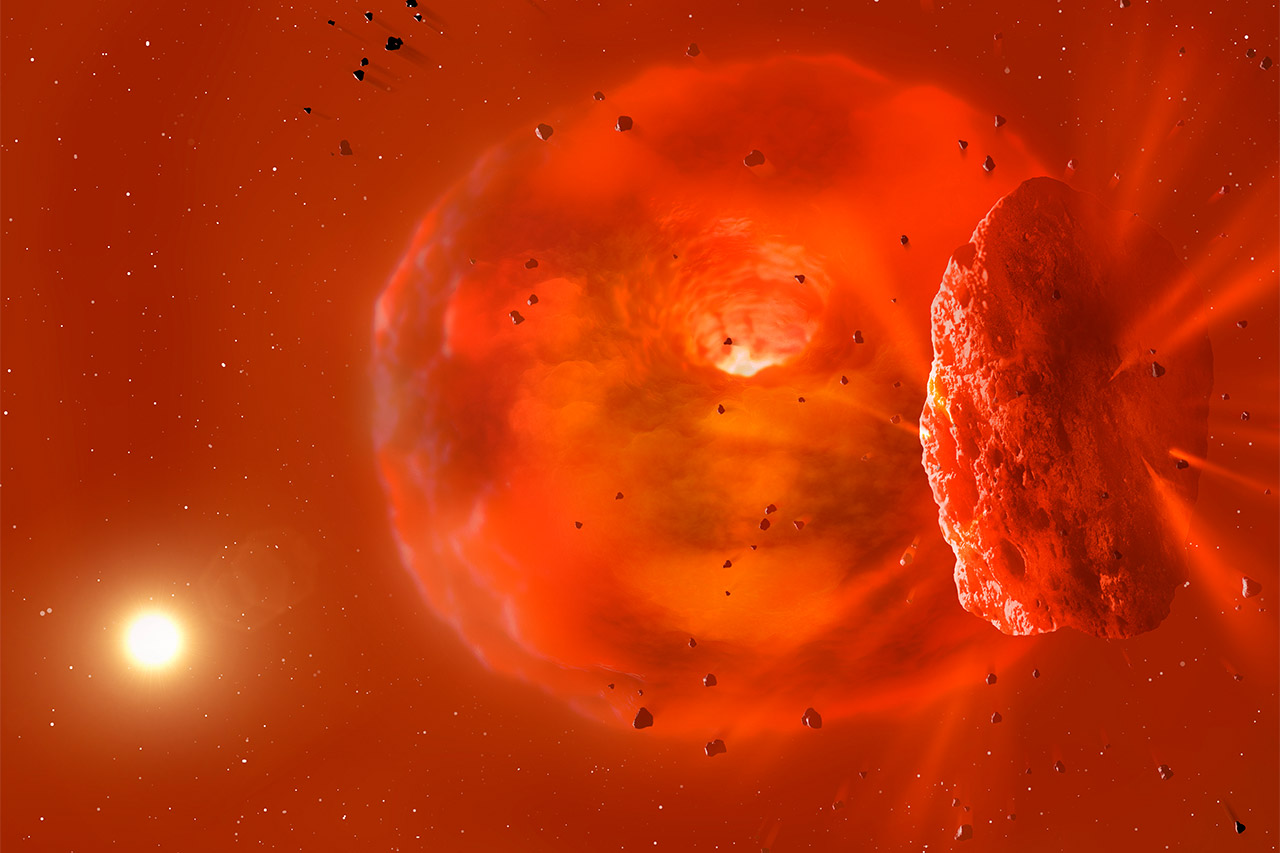
They looked a little closer and found that just before this dip, the star displayed a sudden spike in infrared luminosity that lasted for 1,000 days. However, 2.5 years after this bright event, the star was unexpectedly eclipsed by something for 500 days, causing the sudden dip in brightness. This suggests that two giant exoplanets measuring several to tens of Earth masses crashed into one another, creating both the infrared spike and the cloud. For reference purposes, a collision like this would completely liquify the two planets, leaving just a single molten core surrounded by a cloud of gas, hot rock, and dust.
- Feed a passion for science and technology – Kids can learn more about the challenges of space exploration with this LEGO Technic NASA Mars Rover...
- Conduct a test flight – This advanced building kit for kids ages 10 and up includes a buildable toy version of NASA’s Ingenuity helicopter, which...
- AR brings the mission to life – The accompanying augmented reality app experience lets kids dive into the details of the rover and its mission
After the crash, this cloud, still holding the hot, glowing remnant of the collision, continued to orbit the star, eventually moving in front of and eclipsing the star,” said Chelsea Gohd, Public Engagement Specialist at NASA.
[Source]




